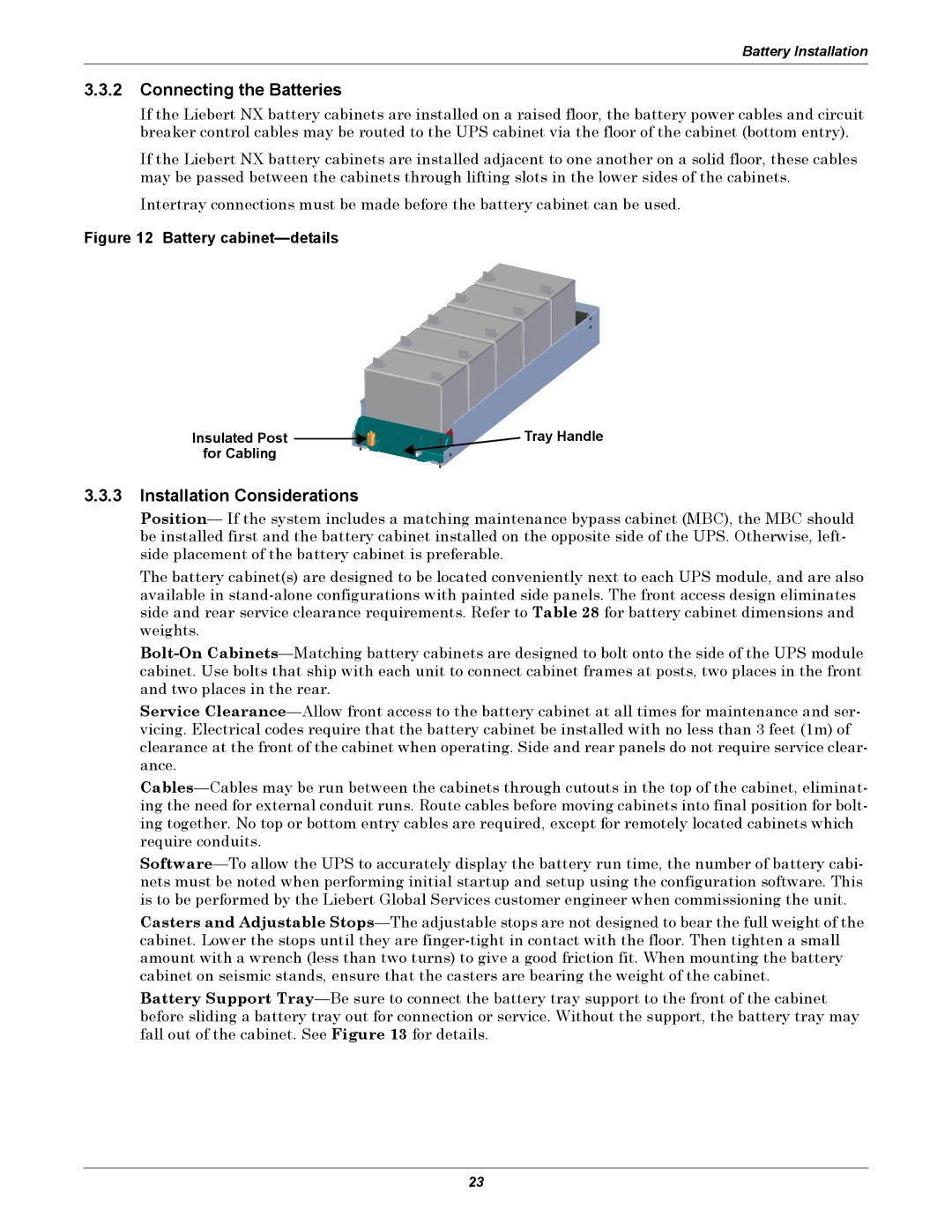480V specifications
The Emerson 480V power systems play a critical role in modern industrial applications, providing reliable and efficient power distribution. These systems are designed for facilities that require robust performance and operational efficiency while adhering to safety regulations. With voltage ratings at 480V, they cater primarily to industries such as manufacturing, data centers, and commercial buildings.One of the main features of the Emerson 480V systems is their scalability. These systems can be easily adapted and expanded as operational demands grow, thereby reducing initial investment costs and providing a flexible solution for evolving business needs. This ability to scale is crucial in a fast-paced environment where demands can change rapidly.
The Emerson 480V systems also incorporate advanced technologies for improved performance and safety. One key technology is the use of smart grid solutions. This enables real-time monitoring, diagnostics, and control, allowing facility managers to optimize energy consumption and reduce operational costs. Furthermore, these systems often include integrated protection devices that enhance safety measures by minimizing the risk of electrical faults, overloads, or short circuits.
Energy efficiency is another characteristic that distinguishes Emerson 480V systems from traditional alternatives. With advanced power management features, these systems effectively reduce energy waste and lower electricity bills. Emerson’s commitment to sustainability is evident in its designs, which aim to minimize environmental impact through energy-efficient technologies.
The build quality of Emerson 480V systems is also noteworthy. They are designed to withstand harsh industrial environments and are constructed with high-grade materials that promote longevity and reliability. The modular design allows for easy maintenance and repair, which further extends the lifespan of the system.
Additionally, Emerson 480V systems are equipped with user-friendly interfaces that facilitate ease of operation. This ensures that operators can efficiently manage and control power distribution without extensive training. The combination of performance, scalability, safety features, and user-centric design makes Emerson 480V systems an ideal choice for businesses looking to enhance their electrical infrastructure.
In summary, Emerson 480V power systems are a leading solution for industrial power distribution, characterized by their scalability, smart technology integration, energy efficiency, robust build quality, and user-friendly operation. These attributes make them a valuable investment for any organization aiming to improve its electrical management and operational performance.

